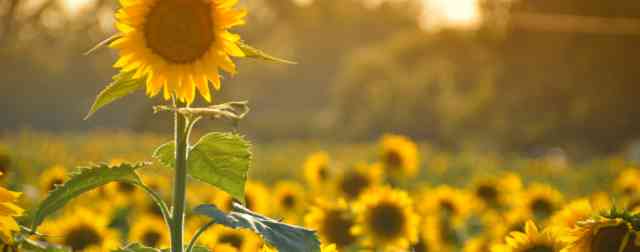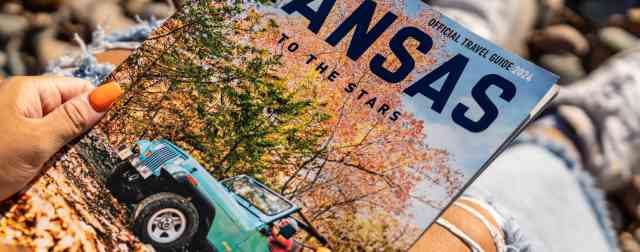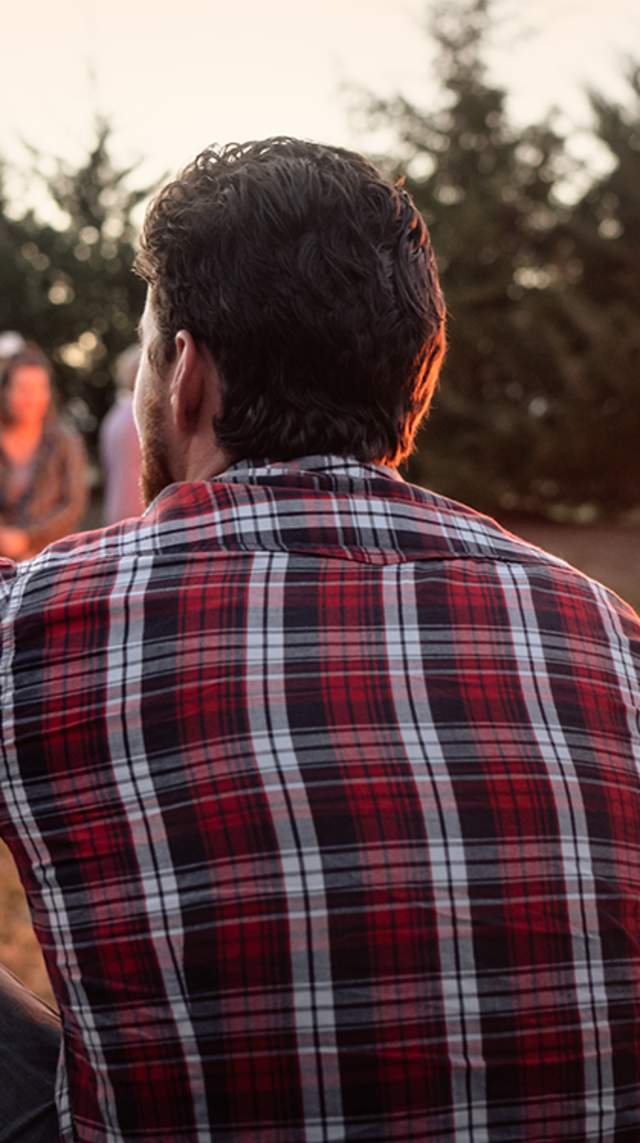When a road-tripper first explores the state’s southwest corner, preconceived notions are blown away like an unwavering Kansas gust.
They came out of nowhere: rugged red ridges punching through the horizon line after miles of flat prairie. The towering Gypsum Hills looked far from anything promised to me by tales of Tornado Alley and Oz. When I pulled over for a closer look, the bluffs’ sparkling white gypsum caps came into view. It sure didn’t feel like I was in Kansas anymore—and it wouldn't be the last time on this trip. The southwest is home to timeless legends of cowboys, outlaws, and pioneers, but also cutting-edge green technology, creative art, and growing cultural diversity. It’s a place that defies definition at each turn, ready to greet your surprise with a knowing grin and friendly tip of the hat.
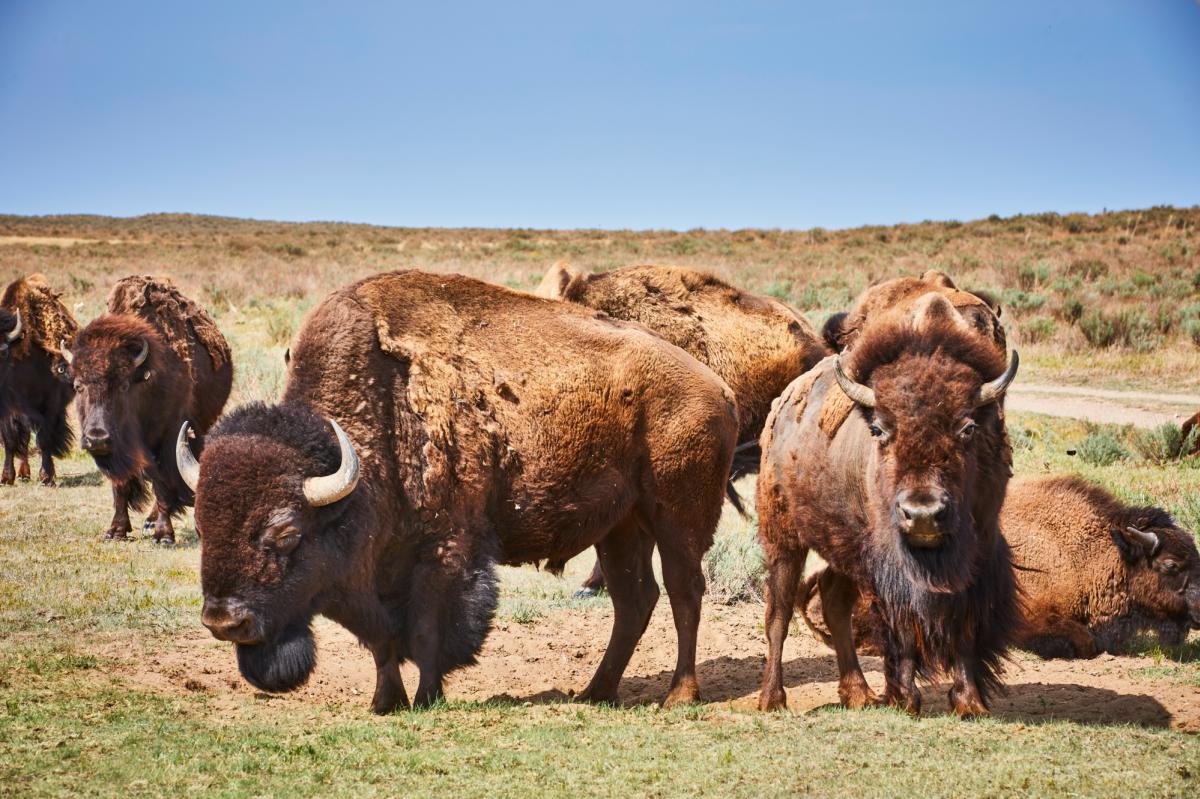 Photography by Jason Donnelly
Photography by Jason Donnelly
DAY 1
LITTLE (GREEN) HOUSE ON THE PRAIRIE
I begin my journey on the Gypsum Hills Scenic Byway—a 41-mile stretch of US-160 that passes through ruddy canyons created in contrasting grasslands by iron-rich soil. A signature Kansas wind revs up, whipping through the buttes (and miles of wildflowers in the spring) when I step out at an observation point along the road.
When I head north to Greensburg, the breeze follows me to a bittersweet saga. After an EF5 tornado destroyed the town in 2007, it was built back “green,” and it’s now one of the only communities in the country completely powered by renewable energy. Architecture is characterized by solar panels and smooth cement blends with classic brick buildings. The Big Well Museum captures the contrast best. A stunning futuristic nautilus of bright wood and sunlight encompasses the 135-year-old hand-dug well (touted as the world’s largest). Ascending a staircase from the well's depths to a 360-degree observation deck, it's hard not to marvel at the scope of modernization visible across the landscape.
Exuding a very different kind of energy, M.T. Liggett boasted all the trappings of a classic neighborhood curmudgeon. Follow his field of whirligigs and rough-hewn metal totem poles down a red dirt road in nearby Mullinville, and you’ll quickly discover that Liggett’s glum façade masked a celebrated folk artist. (It turns out he wasn’t all that gruff at heart.) The recently opened visitors center at the M.T. Liggett Art Environment stands on the site of his former studio, demystifying a fascinating life where it can. His metal sculptures give salvaged materials new life as a controversial commentary on national politics.
At dusk, I set out for HorseThief Reservoir, known for its spectacular sunset reflections. Carved into a wide swath of prairie near Jetmore, the reservoir is ringed by campsites equipped for tent or RV stays. From my perch on the deck of one of HorseThief Reservoir’s new luxury yurts, I watch the dipping sun morph all 450 acres of the reservoir into a shimmering sheet of gold, orange, and bright pink.
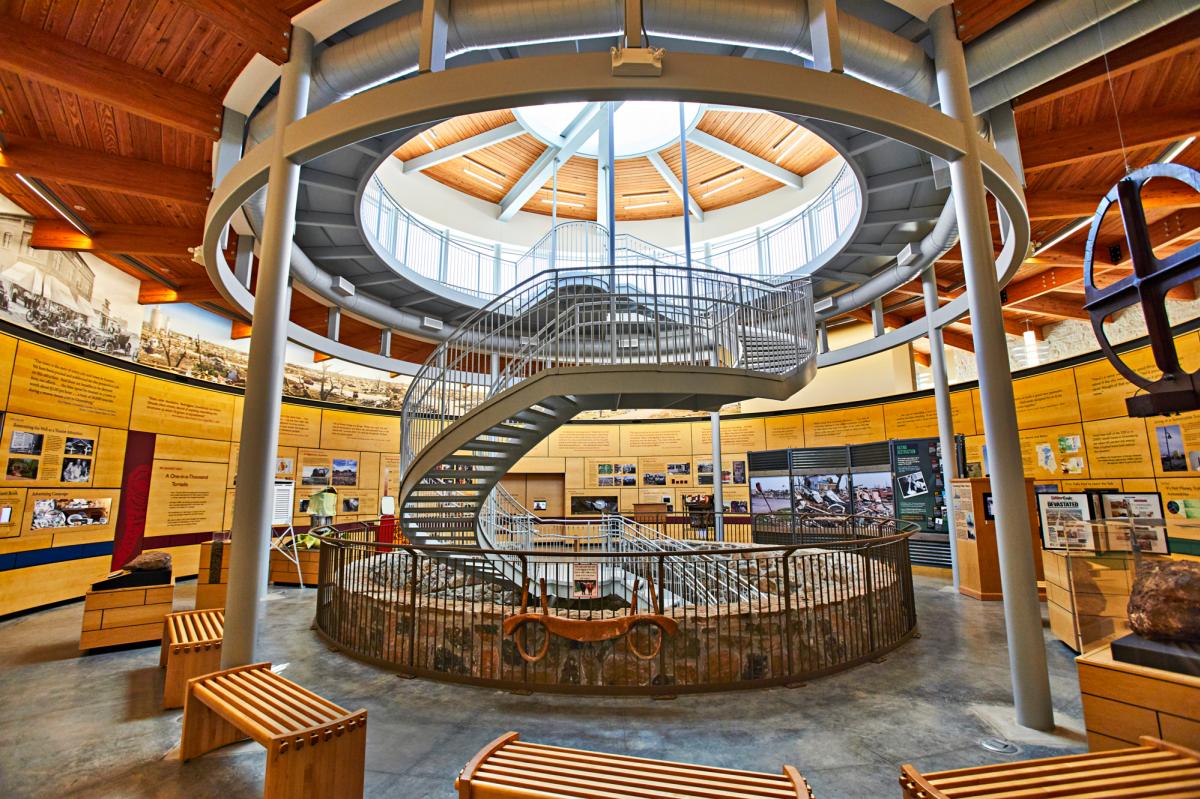
Photography by Jason Donnelly
DAY 2
WELCOME TO THE WILD WEST
Today is all about the region’s stories, starting with Fort Larned National Historic Site. A new exhibit delves into the diversity of the people who passed through the fort when it was active in the late 1800s. From her tepee, a young Plains Indian woman tells the story of her tribe’s forced departure. Around the corner, I learned about discrimination faced by the Buffalo Soldiers of the 10th Cavalry. The contributions of Hispanic merchants who traded along the trail are also explored as part of the fort’s legacy.
From the first sighting of the cowboy silhouettes on Dodge City’s town sign, I’m eager to step into the Wild West. Boot Hill Museum transports me right into that world. I accept a drink from the town’s first bartender, feel the earth vibrate to the rhythm of a herd of stampeding buffalo, and listen in on a chat between Wyatt Earp and other legendary lawmen, all thanks to interactive exhibits that tell the town’s tale. Front Street, made famous as the site of many a shoot-out on the TV show Gunsmoke, is re-created to scale as it would’ve looked in the 1870s. Walking the boardwalk from shop to saloon, I expect to hear a jangling of spurs behind me.
My first encounter with actual spurs comes soon enough. Boot Hill Antiques occupies an entire floor of a vintage department store in downtown Dodge City, once the mecca of fine shopping for miles around. Now, proprietors Lizann and Larry Shugart stock the sunny showroom with finds that are easy for the traveler to carry home, including mementos from a Western section. The building may be haunted by a former shop girl with a passion for rearranging displays, which Lizann has learned to shrug off. After all, she reasons, would it be Dodge City without ghosts?
In the heyday of Western expansion, a “boot hill” was known as a cemetery for those deemed unworthy of a proper burial. In today’s Dodge City, Boot Hill’s unfortunate residents are long gone, but the spirits remain. Boot Hill Distillery, set high atop its namesake, crafts award-winning liquor using locally grown ingredients. I sip a cocktail made with fig syrup and the distillery’s Red Eye Whiskey, a friendly frontier-style Kansas whiskey, while tasting room manager Brad Smalley tells me the possible origins of the bar. It could be from one of the saloons that lined Front Street, maybe even the very one replicated in the museum down the hill. Or not. That’s the way of narratives here: There’s a story behind nearly everything, even if it’s just a whisper.
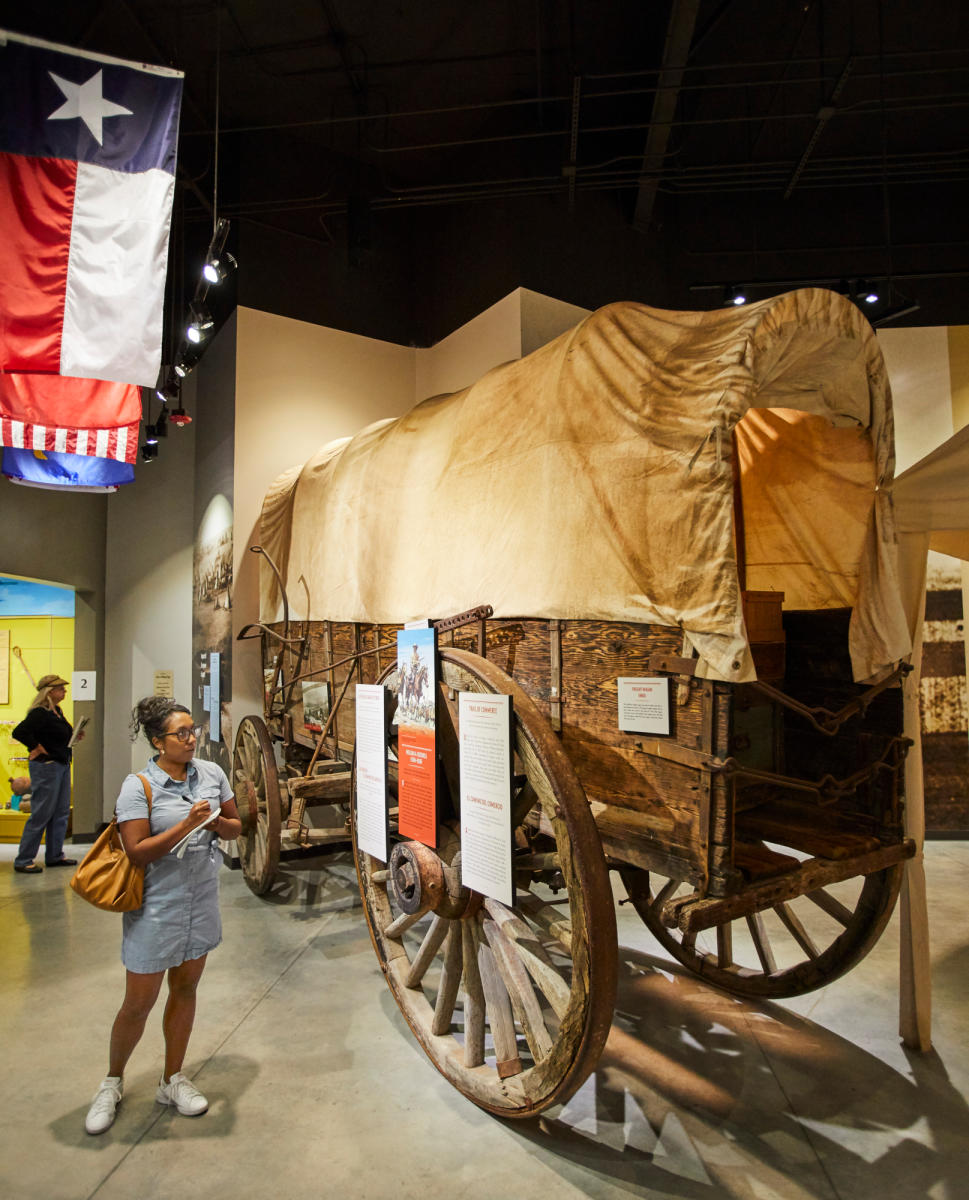
Photography by Jason Donnelly
DAY 3
ROUGH RIDIN’
I bounce over the ridge of a sandy hill, the herby scent of crushed sagebrush wafting through the truck windows, and there they are two bison calves born within the hour, rising shakily on skinny legs. It’s spring calving season for the herd of 45 at Sandsage Bison Range and Wildlife Area near Garden City. Among the mothers clustered in this gully, I count at least four more babies. The range protects 3,600-plus acres of sand-based prairie, home to the bison and educational tours that explore the unique ecosystem.
Farther west, I trade the truck for a UTV and sagebrush for the sahara of the Syracuse Sand Dunes. So far, no place has looked less like Kansas I expected. Deep bowls of soft yellow sand undulate across 1,300 acres. Carl Schouten, the park’s manager, tried to groom the trails back when he started, only to return to find the wind had undone his work. He does what he can, but the wind is the true architect of the park, shaping pathways for the ATV and off-road vehicle enthusiasts who race its straightaways and scale its steep slopes.
It’s my final stop that brings this first-timer’s trip to southwest Kansas full circle. Liberal is Dorothy Gale’s hometown—at least that’s what they say at Dorothy’s House and the Land of Oz, where you can see an early 1900s home decorated as it would have been when the ruby-slippered gal went on her otherworldly adventure. But now, I know there’s so much more to this corner of Kansas than those familiar scenes. So even as I peer through Aunty Em’s windows and travel the yellow brick road, I know this is a land of history, culture, and natural wonder that’s far beyond black and white

Photography by Jason Donnelly
Dig deeper into southwest Kansas and the state’s five other regions in the 2023 Official Kansas Travel Guide.
